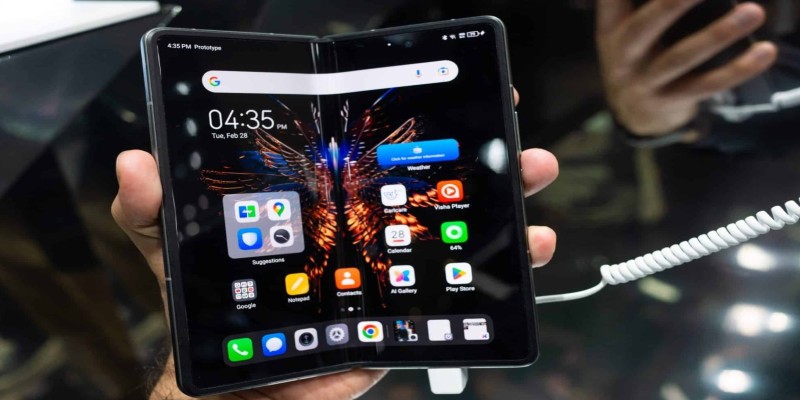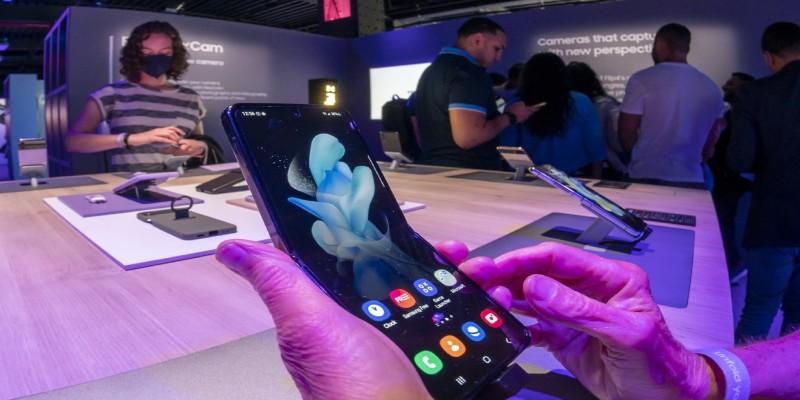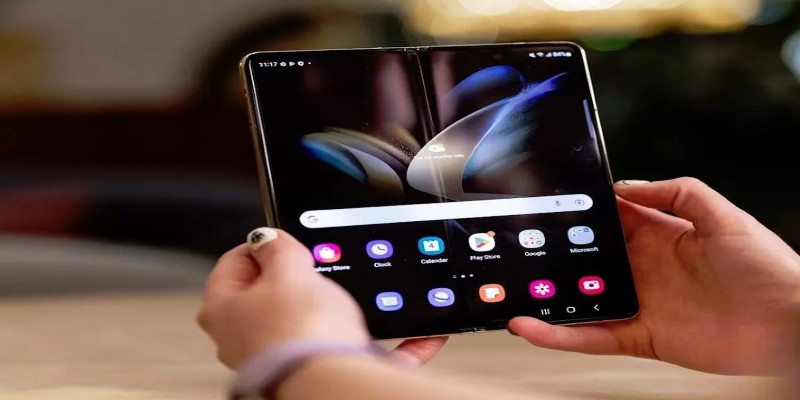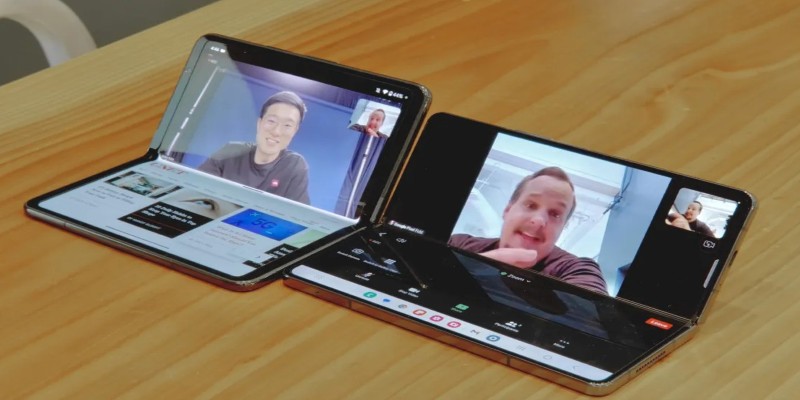Why Foldable Phones Are Trending Now
Foldable phones have transitioned from futuristic concepts to mainstream devices, capturing consumer interest and reshaping the smartphone market. Their popularity is surging, driven by technological advancements, changing user preferences, and strategic industry shifts. This article delves into the factors propelling the foldable phone trend and examines their impact on the tech landscape.
Technological Advancements Enhancing Foldable Phones
Foldable phones owe their growing popularity to significant technological breakthroughs. Early models faced hurdles like fragile screens and unreliable hinges, which hampered their usability and durability. However, recent advancements have addressed these issues, with manufacturers developing robust folding mechanisms and resilient display materials. Ultra-thin glass, for instance, now provides both flexibility and strength, ensuring a seamless user experience. Improved hinge designs have also minimized wear and tear, extending the lifespan of these devices.

Software optimization has played a critical role in enhancing functionality. Applications now adapt fluidly to varying screen sizes, making multitasking and productivity more intuitive. Users can effortlessly transition from compact smartphone mode to a tablet-like experience. These improvements position foldable phones as versatile tools for professionals, gamers, and tech enthusiasts alike, pushing the boundaries of what smartphones can achieve.
Consumer Demand For Versatility And Portability
Modern consumers value convenience, and foldable phones cater to this preference by blending portability with enhanced functionality. When folded, they function as compact smartphones, quickly slipping into pockets. When unfolded, they transform into larger displays ideal for tasks like video streaming, gaming, or document editing. This dual-purpose design eliminates the need for multiple devices, making them highly practical for everyday use.
The ability to seamlessly switch between modes addresses diverse user needs. Whether checking emails on the go, enjoying movies at home, or multitasking for work, foldable phones adapt effortlessly. This versatility has captured the attention of consumers who prioritize both efficiency and entertainment in their devices, driving their increasing adoption across various demographics.
Market Growth And Economic Factors
The foldable phone market is witnessing rapid growth, reflecting a significant shift in consumer preferences. Two thousand twenty-five global shipments are expected to exceed 25 million units, demonstrating a notable increase from previous years. This surge is fueled by rising consumer interest, aggressive marketing, and expanding availability in various regions.

Economic factors play a pivotal role in this trend. As production costs decrease due to advancements in manufacturing processes, foldable phones are becoming more affordable. Additionally, increased competition among manufacturers has led to innovative pricing strategies, making these devices accessible to a broader audience. Growing demand and economic feasibility position foldable phones as a key player in the evolving smartphone market, appealing to early adopters and mainstream consumers.
Influence Of Major Tech Companies
Leading tech companies have been instrumental in popularizing foldable phones. Samsung, a pioneer in this space, has consistently refined its Galaxy Z series, introducing features that set new benchmarks for design and functionality. Huawei and Motorola have also contributed significantly, offering unique innovations that appeal to different market segments.

Speculation about Apple's potential entry into the foldable market has further fueled excitement. Known for its design prowess and market influence, Apple's involvement could reshape consumer expectations and accelerate adoption rates. The competition among these tech giants drives rapid innovation, ensuring that foldable phones remain at the forefront of technological advancement. Their combined efforts enhance product quality and make foldable devices a compelling choice for consumers worldwide.
Enhanced User Experiences And Applications
Foldable phones offer unique user experiences that traditional smartphones cannot match. The larger, flexible displays provide immersive viewing experiences for media consumption and gaming. Multitasking is enhanced, with users able to run multiple apps simultaneously on split screens, boosting productivity.

Innovative applications are being developed to leverage the capabilities of foldable displays. Certain apps offer extended functionalities when the device is unfolded, such as enhanced editing tools or expanded content views, enriching the overall user experience.
Design Innovations And Aesthetics
Design plays a crucial role in the appeal of foldable phones. Manufacturers experiment with various form factors, including devices that fold inward, outward, or multiple times. These design innovations enhance functionality and cater to consumer desires for aesthetically pleasing and futuristic gadgets.
The use of premium materials and attention to detail in the construction of foldable phones contribute to their status as luxury items, attracting consumers who value both form and function.
Challenges And Considerations
Despite their growing popularity, foldable phones face challenges that manufacturers strive to overcome. Durability remains a primary concern, particularly regarding the longevity of folding mechanisms and flexible displays. Materials science and engineering advances address these issues, but consumer scepticism persists.
Pricing is another barrier to widespread adoption. Foldable phones are typically more expensive than traditional smartphones, limiting their accessibility for budget-conscious consumers. However, costs are expected to decrease as production scales and technology matures, making them more competitive. These challenges underscore the need for continued innovation and strategic pricing to ensure foldable phones achieve their full market potential.
Future Prospects Of Foldable Phones
The future of foldable phones is bright, with ongoing advancements poised to redefine their capabilities. Emerging technologies, such as rollable screens and improved battery efficiency, promise to enhance usability and design further. Software ecosystems will also evolve, offering seamless integration with foldable form factors and expanding their application potential.

The entry of new players into the foldable market will likely intensify competition, driving innovation and lowering costs. As these devices become more accessible, their adoption will likely accelerate, transforming them from niche products to mainstream essentials. Foldable phones are poised to be a key part of the next phase in smartphone evolution, offering a blend of versatility, performance, and style to cater to the needs of today's users.
Conclusion
Foldable phones are trending in 2025 due to a convergence of technological innovations, consumer demand for versatile devices, and strategic moves by leading tech companies. While challenges remain, the rapid growth and increasing popularity of foldable smartphones indicate a significant shift in the mobile technology landscape. As the industry continues to evolve, foldable phones are poised to become a staple in the consumer electronics market, offering unique functionalities that cater to the diverse needs of modern users.




